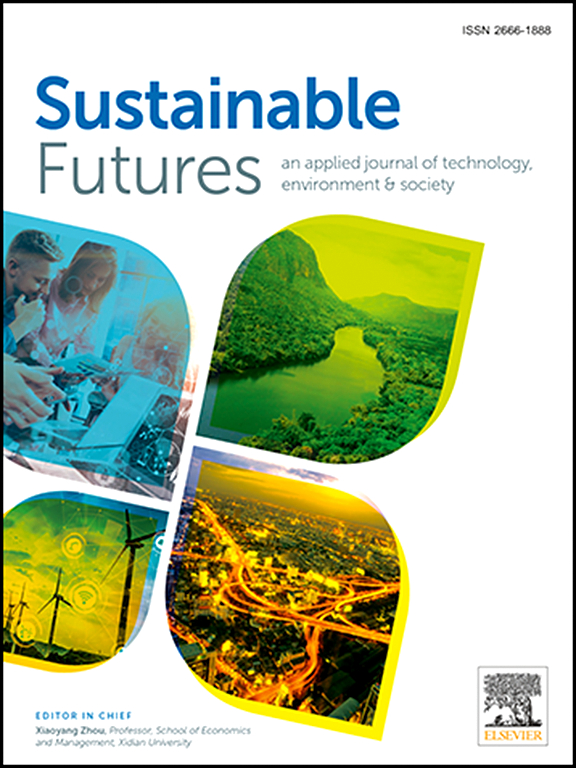Towards sustainable rural development: Characteristics and influencing factors of spatial correlation network of China’s rural digitalization development
IF 4.9
2区 社会学
Q2 ENVIRONMENTAL SCIENCES
引用次数: 0
Abstract
This study explored the spatial correlation network of China’s rural digitalization development. The findings indicate that the spatial correlation network exhibited a relatively loose structure with a notable core-periphery characteristic, and can be partitioned into the main inflow block, the main outflow block, the bidirectional spillover block, and the agent block. Technical innovation, human capital, transportation facilities, and industrial structure were identified as substantial influencers of the spatial correlation network. Generally, the siphoning effect outweighs the spillover effect, resulting in significant regional disparities in rural digitalization development. Finally, several suggestions are proposed to foster coordinated rural digitalization development in China.
面向农村可持续发展:中国农村数字化发展空间关联网络特征及影响因素
本研究探讨了中国农村数字化发展的空间关联网络。研究结果表明:空间关联网络呈现相对松散的结构,具有明显的核心-外围特征,可划分为主要流入区块、主要流出区块、双向溢出区块和代理区块;技术创新、人力资本、交通设施和产业结构是影响空间关联网络的主要因素。总体而言,农村数字化发展的虹吸效应大于溢出效应,导致农村数字化发展的区域差异显著。最后,提出了促进中国农村数字化协调发展的几点建议。
本文章由计算机程序翻译,如有差异,请以英文原文为准。
求助全文
约1分钟内获得全文
求助全文
来源期刊

Sustainable Futures
Social Sciences-Sociology and Political Science
CiteScore
9.30
自引率
1.80%
发文量
34
审稿时长
71 days
期刊介绍:
Sustainable Futures: is a journal focused on the intersection of sustainability, environment and technology from various disciplines in social sciences, and their larger implications for corporation, government, education institutions, regions and society both at present and in the future. It provides an advanced platform for studies related to sustainability and sustainable development in society, economics, environment, and culture. The scope of the journal is broad and encourages interdisciplinary research, as well as welcoming theoretical and practical research from all methodological approaches.
 求助内容:
求助内容: 应助结果提醒方式:
应助结果提醒方式:


